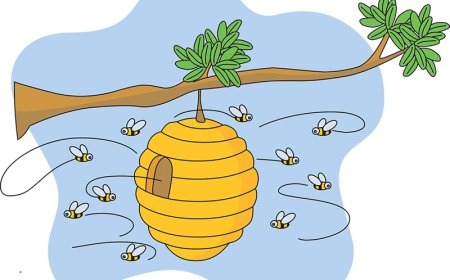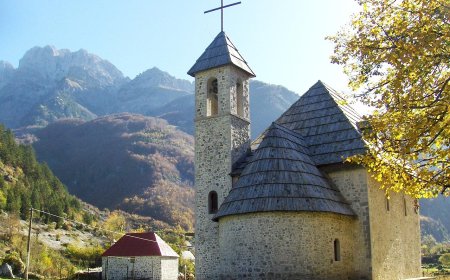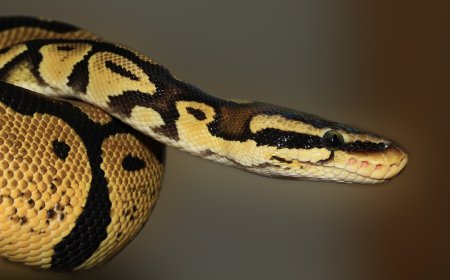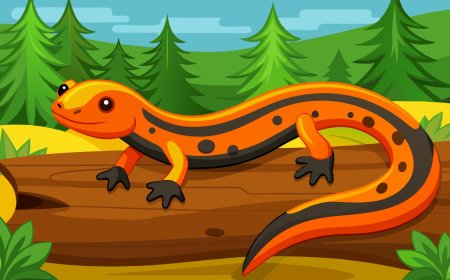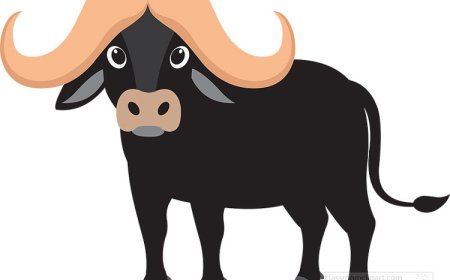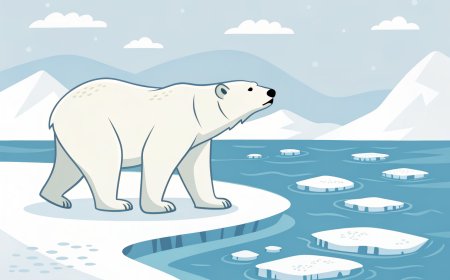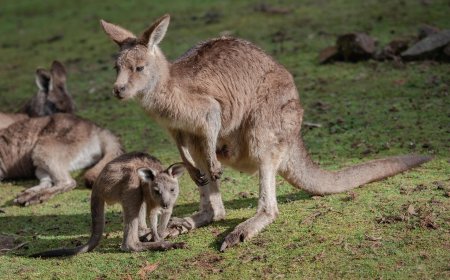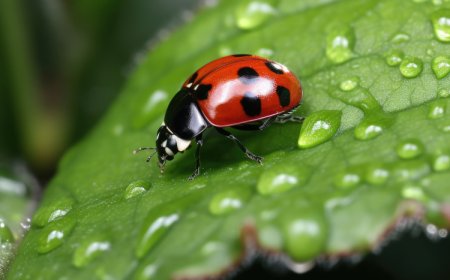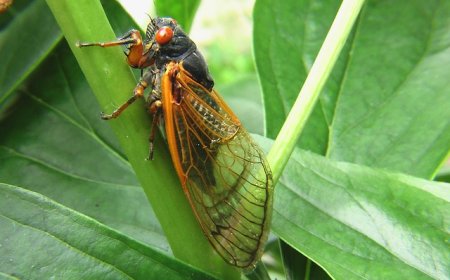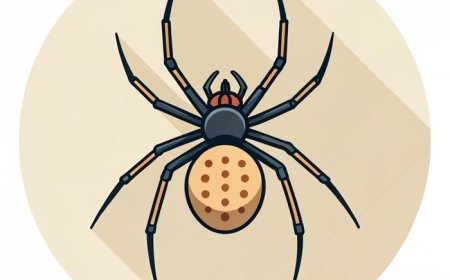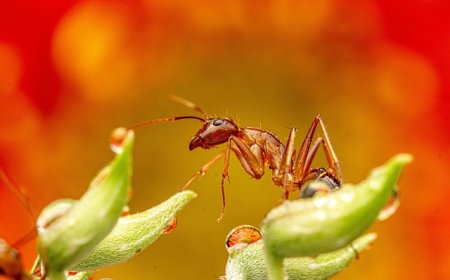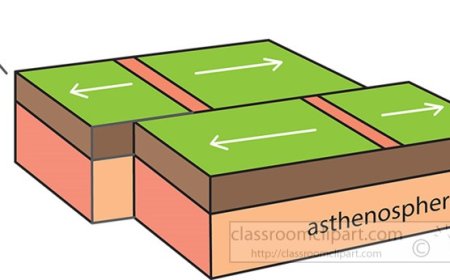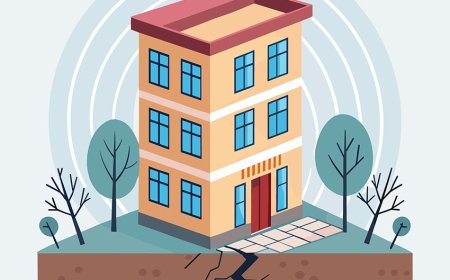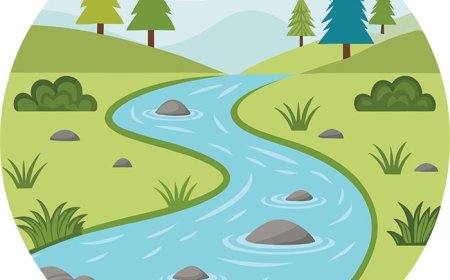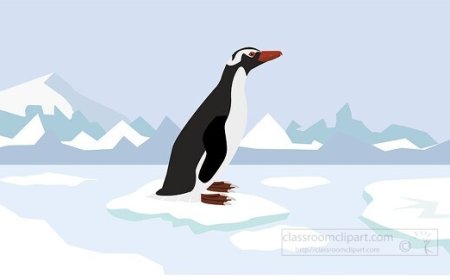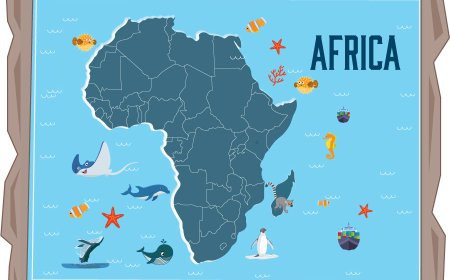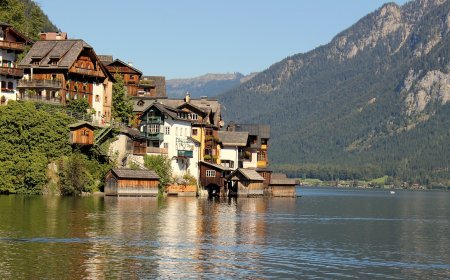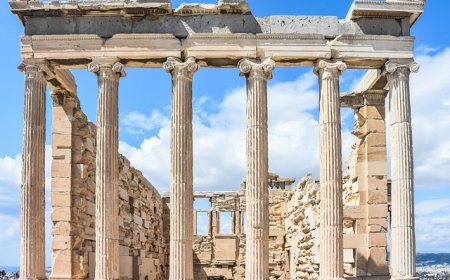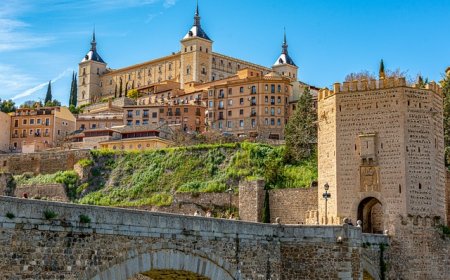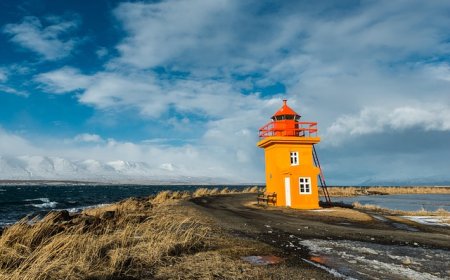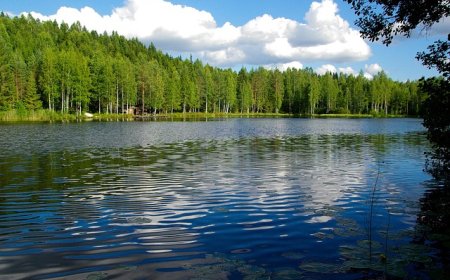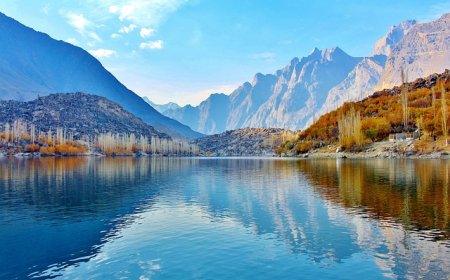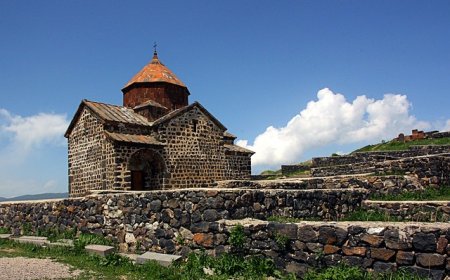Understanding States of Matter with Everyday Examples
Learn the states of matter solid liquid gas and plasma why they change and where they appear in daily life with clear definitions simple examples and classroom activities
🌟 Introduction
From ice cubes in a drink to steam from a kettle, matter shows up in different forms all around us. These forms are called the states of matter. Each state has its own properties, like shape and volume, and changes from one state to another when energy is added or removed. Understanding states of matter helps explain weather, cooking, materials, and even the technology inside TVs and fluorescent lights.
🔍 What are the States of Matter?
Matter is anything that has mass and takes up space. The most familiar states are solid, liquid, and gas, and a fourth state, plasma, is common in stars and certain technologies.
-
Solid - Has a definite shape and volume. Particles are packed closely and vibrate in place.
-
Liquid - Has a definite volume but takes the shape of its container. Particles slide past one another.
-
Gas - Has no definite shape or volume. Particles move freely and spread out to fill space.
-
Plasma - A super energized state where gas particles become charged. Found in lightning, the Sun, and neon signs.
💡 Why are States of Matter Important?
-
Explain everyday changes - Melting butter, freezing water, and steaming soup are phase changes you see in the kitchen.
-
Predict material behavior - Knowing how substances act as solids, liquids, or gases helps engineers design buildings, bridges, and packaging.
-
Understand weather and climate - Clouds form when water vapor condenses; snow and hail form when water freezes.
-
Power modern technology - Plasmas are used in TVs, neon lights, and some cutting tools; gases are critical in medical oxygen and refrigeration systems.
-
Guide safety and storage - Gas cylinders, cryogenic liquids, and hot surfaces require different handling based on their state and temperature.
🧪 Examples of States and Changes
-
Solid → Liquid (Melting): Ice turning to water
-
Liquid → Gas (Evaporation/Boiling): Puddles drying after rain; water boiling into steam
-
Gas → Liquid (Condensation): Water droplets on a cold glass
-
Liquid → Solid (Freezing): Water turning into ice cubes
-
Solid → Gas (Sublimation): Dry ice producing fog
-
Gas → Solid (Deposition): Frost forming on windows
✨ Fun Facts
-
The Sun is mostly plasma, not gas or liquid.
-
Dry ice is solid carbon dioxide and skips the liquid phase at normal pressure.
-
You can observe condensation by breathing on a cold mirror and watching it fog up.
📌 Key Takeaways
-
Matter commonly exists as solid, liquid, gas, and plasma.
-
Particle motion and spacing explain each state's properties.
-
Temperature and pressure changes can cause phase changes.
-
Phase changes like melting and boiling involve energy transfer.
-
States of matter help explain weather, cooking, storage, and technology.
🐾 Kid-Friendly Summary
Think of matter like a team that can play in different positions. In a solid, the team stands close together. In a liquid, they move around but stay together. In a gas, they spread out and run everywhere. With enough energy, the team becomes plasma, buzzing with electricity!
📚 Vocabulary Words
-
Matter - Anything that has mass and takes up space
-
Solid - State with definite shape and volume
-
Liquid - State with definite volume but changing shape
-
Gas - State with changing shape and volume
-
Plasma - Super energized state with charged particles
-
Particle - Tiny piece of matter such as atoms or molecules
-
Kinetic Energy - Energy of motion that makes particles move
-
Phase Change - A change from one state of matter to another
-
Melting - Solid changing to liquid
-
Freezing - Liquid changing to solid
-
Evaporation - Liquid changing to gas at the surface
-
Boiling - Rapid change from liquid to gas throughout a liquid
-
Condensation - Gas changing to liquid
-
Sublimation - Solid changing directly to gas
-
Deposition - Gas changing directly to solid
🧠 Interactive Quiz
Choose the best answer for each question.
-
Which state of matter has a definite shape and volume?
- A. Gas
- B. Liquid
- C. Solid
- D. Plasma
-
What happens during melting?
- A. Liquid changes to solid
- B. Solid changes to liquid
- C. Gas changes to liquid
- D. Solid changes to gas
-
Which process forms frost on windows?
- A. Evaporation
- B. Condensation
- C. Sublimation
- D. Deposition
-
Which statement best describes a gas?
- A. Fixed shape and fixed volume
- B. Fixed volume but no fixed shape
- C. No fixed shape or volume
- D. Fixed shape but no fixed volume
-
Plasma is different from gas because its particles are:
- A. Packed tightly together
- B. Completely still
- C. Electrically charged
- D. Heavier than solids
Answer Key
- C
- B
- D
- C
- C


